Although some of you already know, I’ll write about it for those who don’t. I spent a couple of weeks volunteering at a wildlife rescue center in Thailand. Fifteen days working with the animals were enough to get to know first-hand the problems faced by many species in this country.
Bears, lorises, macaques, tigers, langurs and elephants are just some examples of the species exploited daily to entertain unwitting tourists and fill the pockets of those without scruples.
I spent most of my time at the center of the gibbons, so I will talk about them in this post. Unfortunately, the problems I will explain below can be extrapolated to other species.
Gibbons are primates that measure about 80 cm in height and are characterized by their long arms, much longer than their legs, which allow them to move by brachiation, although they can also use their hind limbs to walk.
As they jump from branch to branch (I spent hours watching the spectacular acrobatics they are capable of), they are almost always found in the highest parts of the trees, being native to the tropical and subtropical forests of Southeast Asia.
They are also social animals that live in small families made up of a couple and their children, and communicate with a very peculiar song that is often compared to the siren of an ambulance.
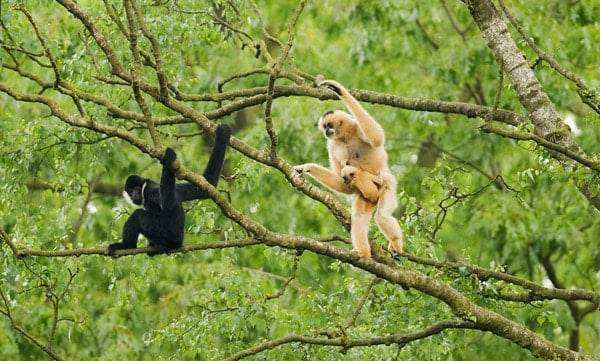
Although keeping wild animals as pets is illegal in Thailand, ignorance of the law and lack of enforcement means that gibbons can still be seen as pets in the country. Their small heads and the expression on their eyes make them very cute looking animals, even more so when they are only a few months old.
But all animals grow, need space and socializing, and they start to vocalize. When they are too big, aggressive and noisy, they become a nuisance and are often condemned to live in small boxes for the rest of their lives, without adequate food, contact with their family or environment, and without any kind of stimulation. Many other times they are abandoned in zoos, temples or small sanctuaries with lack of space.
I am one of those who think that the word “culture” cannot justify any atrocity, of course not, but since the blog is about traveling, I will focus on how tourists collaborate, often without intention, in the mistreatment of some animals.
Who hasn’t seen someone with an animal near a tourist spot, offering to take a photo in exchange for a few coins? Some species like langurs and gibbons, and especially their babies, are so cute that the temptation to have a “sweet” portrait with them is enormous, but… where do these animals come from?
And, above all, where is the mother of the poor creature? As always, there is a part that is not told to us tourists.
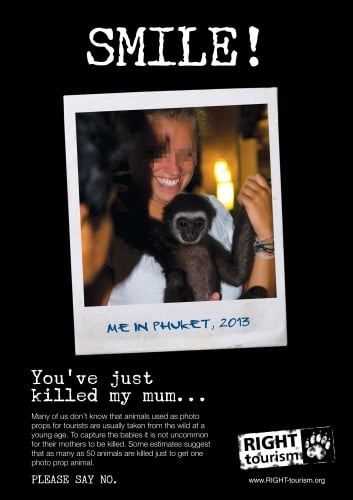
Animals used for this purpose are captured and separated from their mothers a few months after birth. We already know how strong the maternal instinct can be, so most of the time the mother is killed in order to take the baby, and with her the rest of the family when trying to defend them.
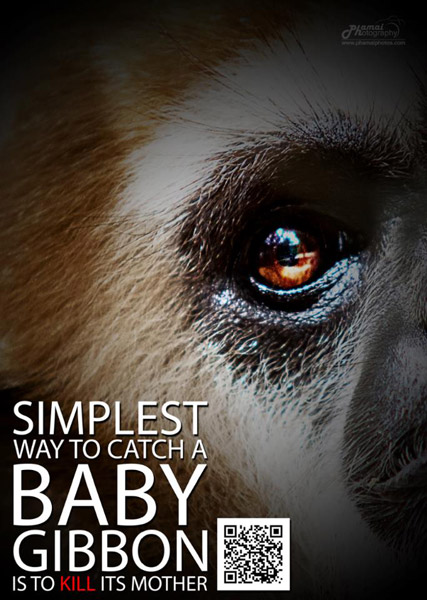
The life that awaits them from that moment on as “fairground monkeys” has nothing to do with that of any other specimen in the wild. In addition to living far away from their own kind, they are forced to remain in unhealthy environments such as bars crowded with people and noxious atmospheres due to tobacco smoke, or exposed to the sun.
In addition, they are kept awake for many hours a day, sometimes even resorting to amphetamines, passing from arm to arm and causing them distress. In order to make them docile animals, other drugs are sometimes used as sedatives.
Food deprivation is also common, later offering the gibbon the opportunity to eat foods that are not at all part of its natural diet, such as sweets and chocolates, causing dental problems or diseases such as diabetes (allow me to doubt whether the creature will be treated by a veterinarian if this were to occur). In short, the animal must always be ready for the picture even if it is hungry, sleepy or stressed.
Like gibbons, many other species are used daily to entertain tourists and make money from them. Of course, these practices are prohibited, and the authorities must confiscate the animal and file a complaint.
But these fines are paid with the money of those who have taken the photos, and another specimen will be captured for the same purpose, with the consequent death of its family.
So let us keep in mind that if we pay to take pictures with them, we are directly responsible for the illegal trade and death of those animals. Do we really want that when we are taking photos with a beautiful creature? I am sure we don’t. Let us be responsible for our own actions because, as long as there is demand, there will be death and suffering.
Animals used as mere “decorative figures” to attract people to bars, restaurants or hotels are no better off, as they spend their lives locked in boxes where their movements are very limited so that tourists can see them at all times.
Animals that have spent too many years in captivity and have not learned from their mothers how to survive in the wild will not be able to return to their natural habitat.
The luckiest ones will end up at a rescue center, where, despite the fact that conditions are intended to be as similar as possible to their natural habitat, and “environmental enrichment” activities are carried out*, they will continue to live in confinement.
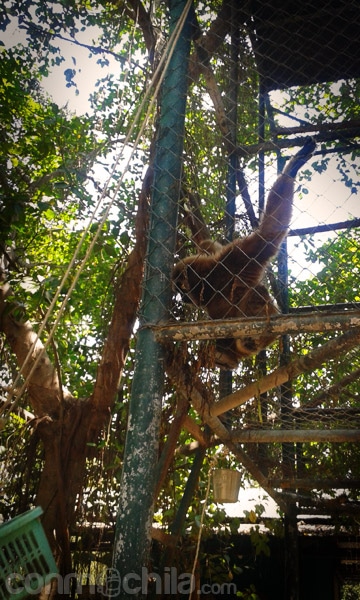
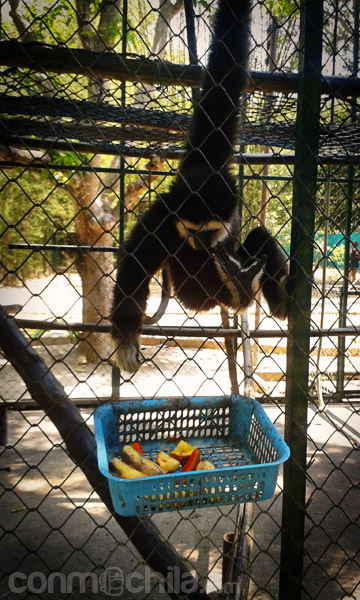
The saddest thing about all this is that, without knowing it, those who love animals are complicit in their mistreatment. People take advantage of our curiosity and our desire to get closer to the animal world.
That is why, before going to any show or center, or participating in any activity in which animals are the protagonists, get informed.
Ask yourself where these creatures come from, if they are in their natural environment, if they have contact with other animals or if they are free to express their behavior. Surely they do not even receive the necessary care or medical attention.
Only when you have the answers will you stop seeing a cute animal and you will look at the suffering in its eyes.
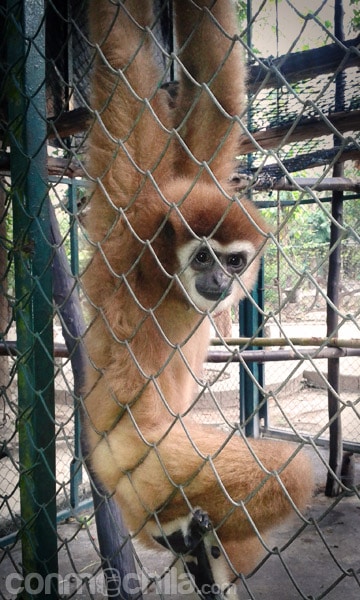
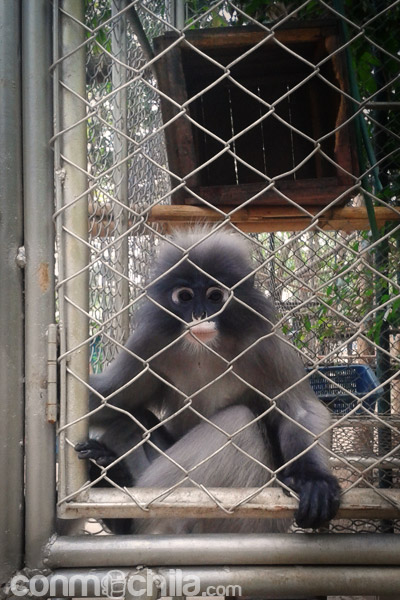
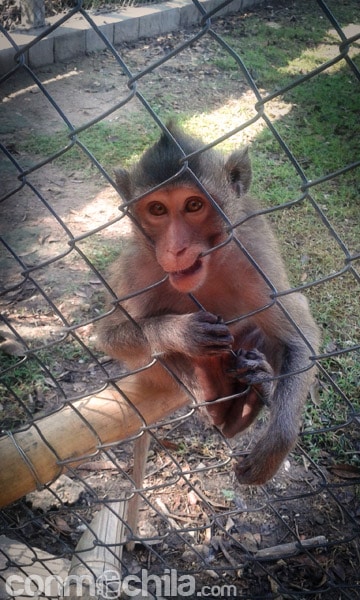
The lack of scruples reaches unimaginable limits, and often places that claim to be rescue centers are not such. On the FAADA responsible tourism website you will find a list of recommended and non-recommended centers, as well as revealing the sad reality behind activities and shows with animals through very interesting articles.
You can also visit the Right Tourism website. The animals (and I) will thank you for taking a look before participating in these activities.
* Environmental enrichment: Process by which animals are stimulated through a series of activities that simulate behaviors similar to those they would perform naturally in the wild. These activities are intended to improve the quality of life both physically and emotionally as they exercise and prevent the appearance of repetitive behaviors (stereotypes).